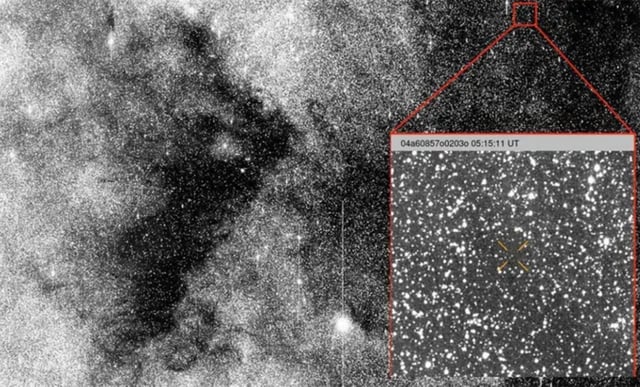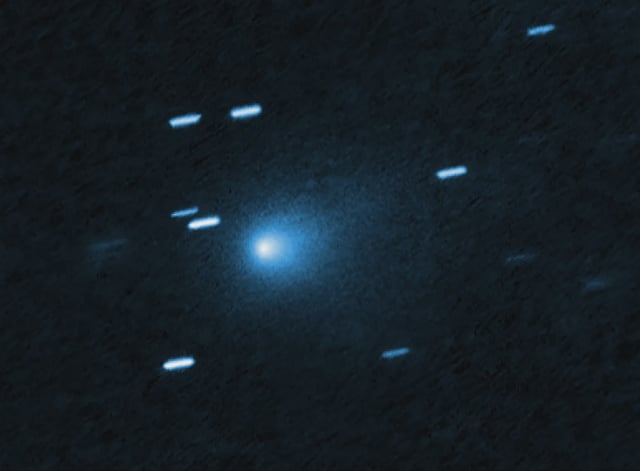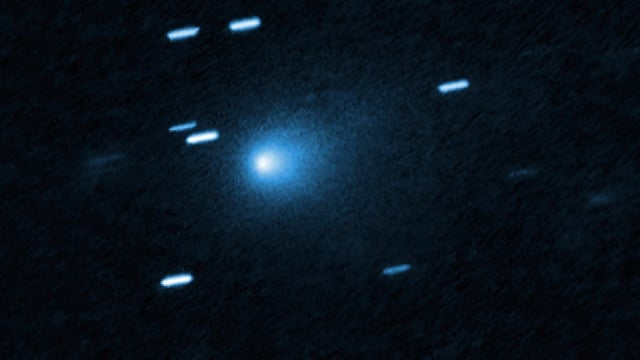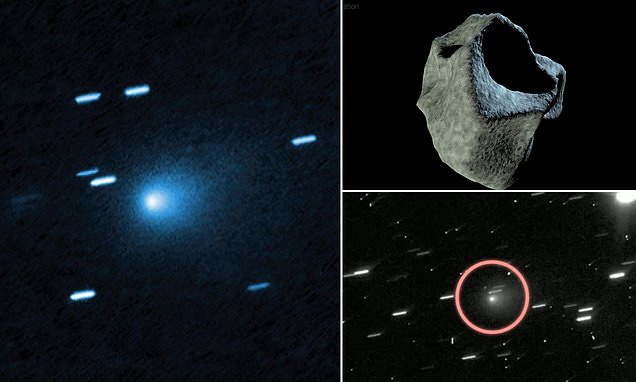Overview
- Hubble’s latest images constrain the comet’s nucleus diameter to between about 320 meters and 5.6 kilometers, revising earlier larger estimates downward
- Activity at 3.8 astronomical units includes a dense dust coma, a sunward plume and a faint tail, with a measured dust loss rate of roughly 6 to 60 kilograms per second
- Traveling at approximately 130,000 miles per hour (209,000 km/h), 3I/ATLAS is the fastest interstellar object recorded to date
- Orbit models place its perihelion around October 29–30 just inside Mars’ orbit, and it will not come closer to Earth than about 1.8 astronomical units
- Observatories from JWST and the Vera C. Rubin Telescope to TESS, Swift and multiple ground-based facilities will track 3I/ATLAS through September and resume monitoring after its solar conjunction



